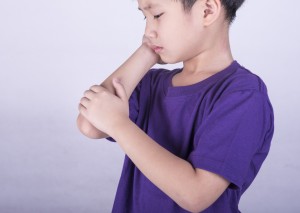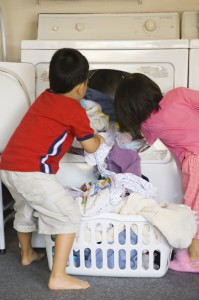Have you ever found yourself drooling or swallowing excessively? You might suffer from hypersalivation. Saliva is produced by salivary glands located in the mouth and throat. Saliva helps to keep the mouth moist and assists in comfortable swallowing. It plays a protective role because of its’ anti-fungal properties and components that destroy viruses and attack bacteria and acids that cause tooth decay and produce plaque. Saliva also contains phosphorus and calcium which help to rebuild tooth enamel.
 Most people produce between two and four pints of saliva every day. Chewing and swallowing food increases the flow of saliva and you swallow most of it. However, if you find yourself drooling at times other than sleep, which is normal, it can be an indicator of other problems.
Most people produce between two and four pints of saliva every day. Chewing and swallowing food increases the flow of saliva and you swallow most of it. However, if you find yourself drooling at times other than sleep, which is normal, it can be an indicator of other problems.
Hypersalivation can be caused by everything from difficulty swallowing to problems with muscle control to an infection like tonsillitis or strep throat. Certain medications cause excess saliva production as a side effect, and chronic diseases like Parkinson’s disease can also cause an increase in salivary activity. Some of the medical conditions that affect muscle control over the lips and tongue may cause drooling including cerebral palsy, multiple sclerosis, and stroke.
Other conditions that can lead to drooling are allergies, acid reflux or heartburn and pregnancy.
If you feel like you are producing excessive amounts of saliva and don’t know why, contact your doctor or dentist or make an appointment at Flushing Hospital Medical Center’s Ambulatory Care Center at 718-670-5486.
All content of this newsletter is intended for general information purposes only and is not intended or implied to be a substitute for professional medical advice, diagnosis or treatment. Please consult a medical professional before adopting any of the suggestions on this page. You must never disregard professional medical advice or delay seeking medical treatment based upon any content of this newsletter. PROMPTLY CONSULT YOUR PHYSICIAN OR CALL 911 IF YOU BELIEVE YOU HAVE A MEDICAL EMERGENCY.








 Headphones are popular for a multitude of reasons, such as convenience and sound quality, but there is a downside to these devices. According to The Journal of the American Medical Association, the number of teens who have experienced hearing loss has increased by 33% since 1994. Do you catch yourself blasting music while listening to your headphones for long periods of time? If so, your hearing may be at risk.
Headphones are popular for a multitude of reasons, such as convenience and sound quality, but there is a downside to these devices. According to The Journal of the American Medical Association, the number of teens who have experienced hearing loss has increased by 33% since 1994. Do you catch yourself blasting music while listening to your headphones for long periods of time? If so, your hearing may be at risk.